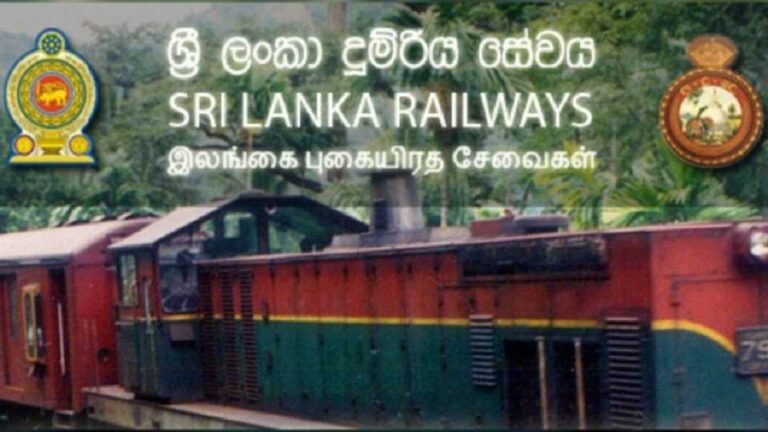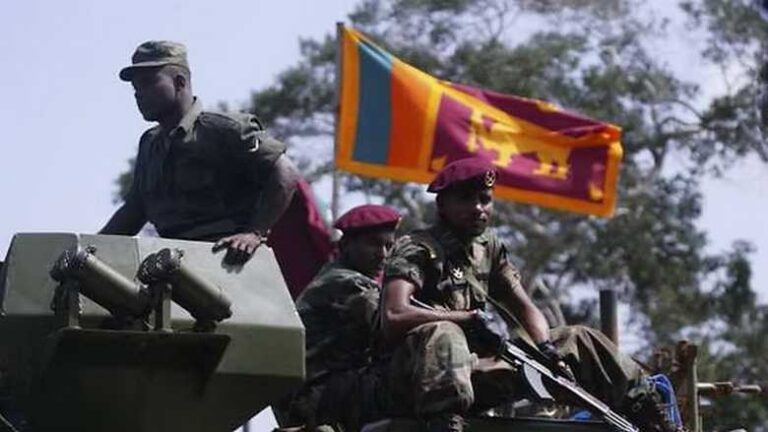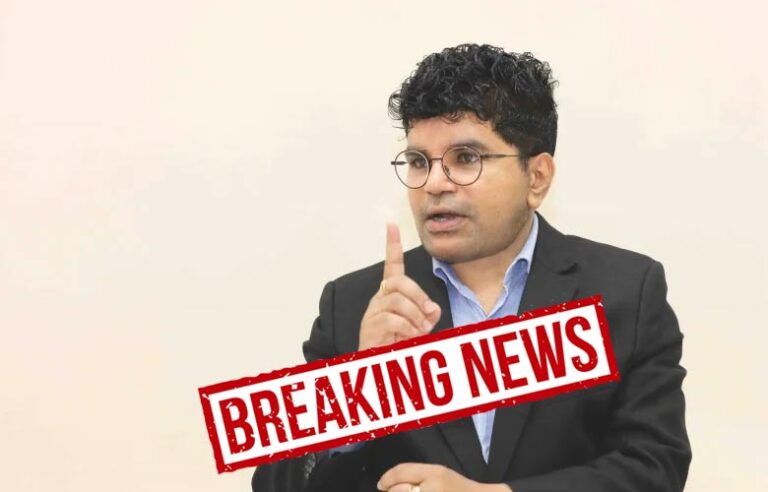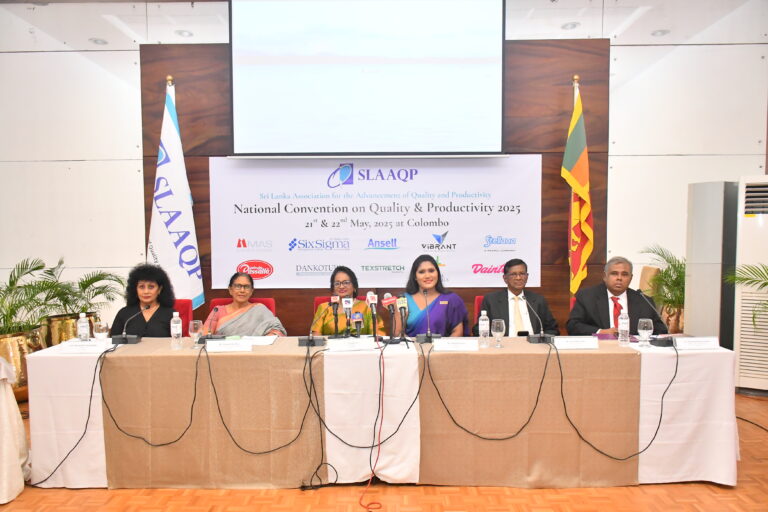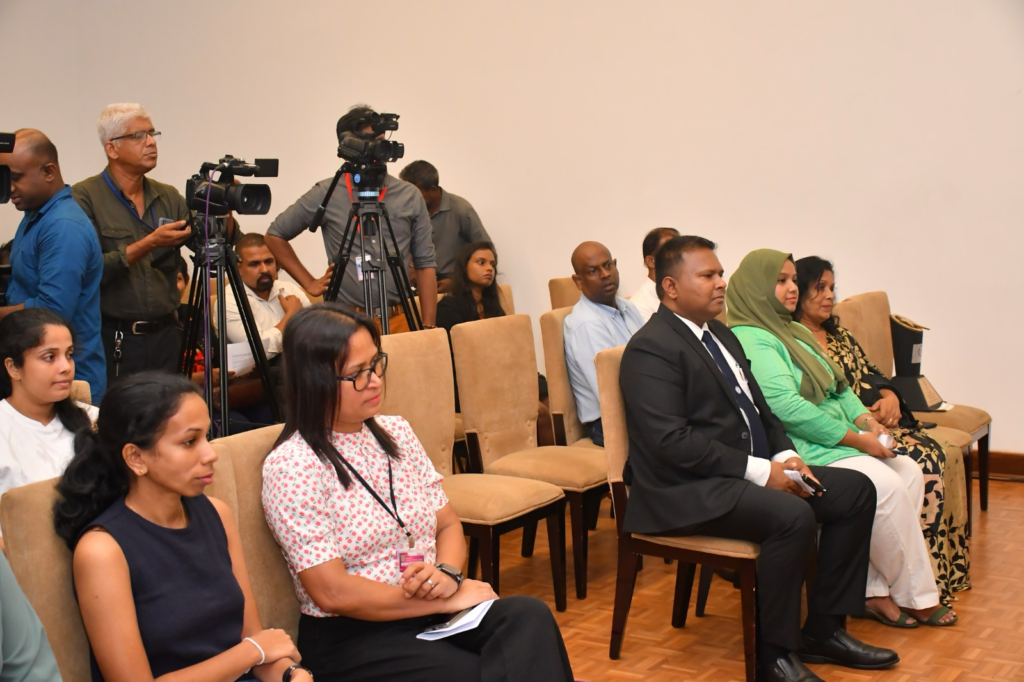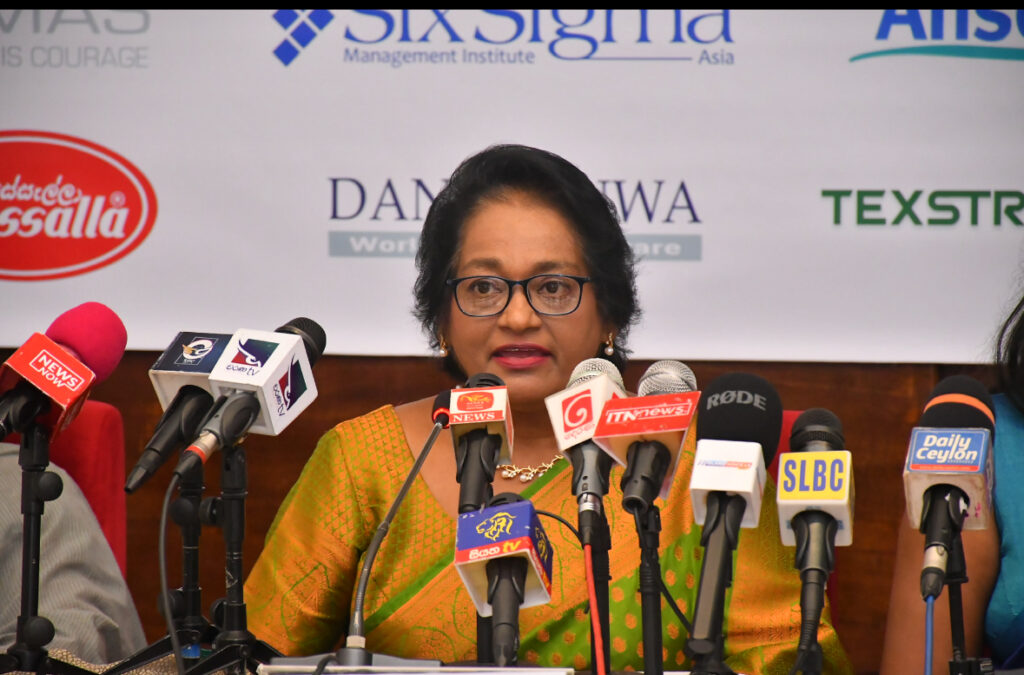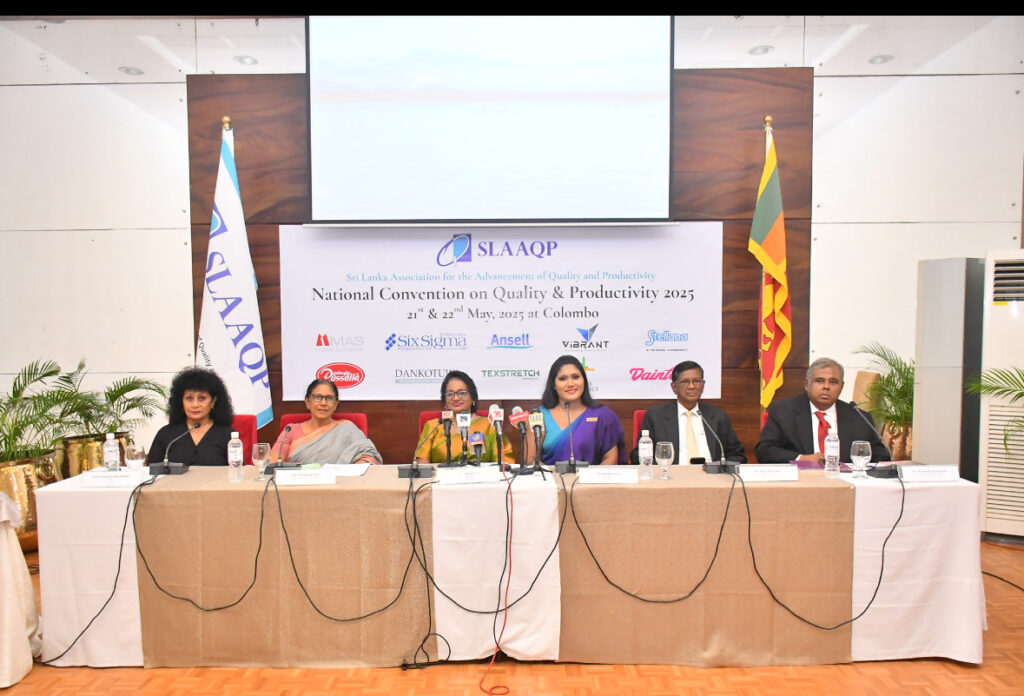May 18, Colombo (LNW): The Ceylon Electricity Board (CEB) has formally proposed an 18.3% increase in electricity tariffs for the period spanning June to December 2025, citing a substantial financial deficit as the primary justification.
In a proposal submitted to the Public Utilities Commission of Sri Lanka (PUCSL), the state-owned utility outlined that it anticipates a shortfall of Rs. 42.2 billion during the second half of the year.
The proposed hike is intended to bridge this funding gap and stabilise the utility’s operations during a period of continued economic strain.
The CEB has made clear that the estimate is based on current projections and that any deviations — whether the deficit turns out to be greater or smaller than expected — will be addressed through the Bulk Supply Transaction Account (BSTA). These adjustments would then be factored into subsequent tariff revisions.
Although the proposal has not yet been approved, it signals growing financial pressure within the country’s energy sector. The CEB has struggled with mounting operational costs, including expenses related to fuel, power generation, and infrastructure maintenance.
Meanwhile, the continued expansion of renewable energy sources — whilst environmentally commendable — has required significant upfront investment, contributing further to the utility’s financial burden.
A tariff hike of this magnitude is likely to provoke concern amongst both residential and industrial consumers, many of whom are still grappling with the economic aftershocks of the 2022 crisis.
For households, increased electricity bills could strain monthly budgets, particularly in urban areas where reliance on the national grid is highest.
For businesses, especially energy-intensive sectors such as manufacturing and services, the cost implications could ripple into product pricing and profitability.
Critics have long argued that inefficiencies within the CEB, including reported losses from outdated infrastructure and operational mismanagement, have compounded its financial woes.
There are increasing calls for structural reforms within the state utility to improve accountability, reduce wastage, and ensure that tariff adjustments do not become a routine response to institutional shortcomings.
The PUCSL is expected to undertake a review of the CEB’s proposal, taking into account public feedback and broader economic considerations before reaching a final decision.
If approved, the new tariff rates would come into effect from June 2025 and remain valid until the end of the year.



